Every year around this time, I reshare my 5-part guide to Raising a Monarch Butterfly—because it’s one of nature’s most jaw-dropping transformations, and you can watch the whole thing unfold from start to finish right in your own backyard. Or kitchen.
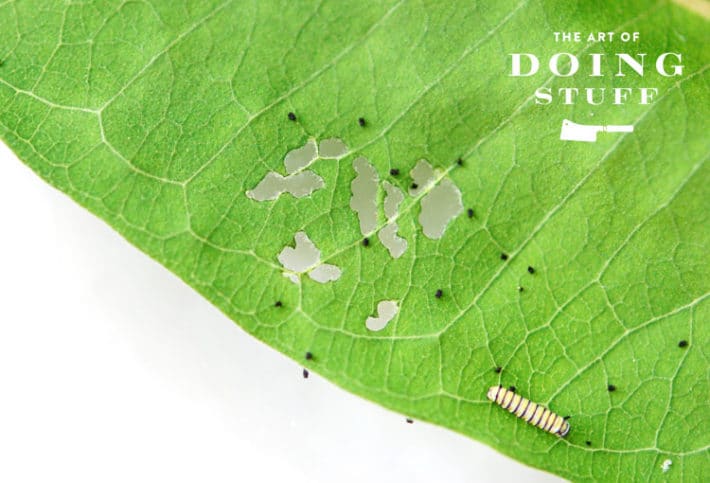
(Monarchs have been considered endangered in Canada since 2016)
I've been raising Monarchs inside my house since about 2012 and outside (you can get instructions to build an outdoor Monarch house like mine here) for the past few years. So I consider myself a bit of a Monarch raising expert. Not that raising Monarchs takes much expertise. If you can identify and find milkweed you basically qualify for the Monarch raising Olympics.
But 3 years ago things took a bit of a turn when the trees in our area of Southern Ontario were infested with very destructive Gypsy Moth caterpillars. And then THIS year the exact same thing happened again.
So I have a NEW WARNING for raising monarchs this year.
BTK
BTK is short for Bacillus Thuringiensis Kurstaki. It's a natural bacterium found in soil. It's the #1 choice for organic gardeners wanting to get rid of cabbage moth caterpillars on their brassicas. It has no known toxic effects on people, animals, plants, fish, birds or bees.
Cities use it to aerial spray trees that are being decimated by gypsy moths without worrying that it'll harm other things.
It all sounds lovely and barefoot in the garden while wearing a crown of flowers, doesn't it? BTK is sprayed on plants that get infested with caterpillars, the caterpillars ingest it, then the caterpillars shrivel up and die.
I use BTK all the time on my brassicas for getting rid of cabbage moth caterpillars. It works great.
That means if your area has sprayed for BTK, your milkweed (the butterfly's host plant) might have BTK on it.
This year my area wasn't sprayed but conservation lands far away from me were. Far enough away that you'd never think the BTK would float kilometres away to my milkweed plants.
BUT IT DID
Early this summer I found quite a few swallowtail caterpillars that had died on my dill plants outside. And more random caterpillars on my apple trees. There's no question it was from BTK.
WARNING
IF ANYWHERE AROUND YOUR HOME HAS BEEN SPRAYED WITH BTK REMOVE YOUR MILKWEED PLANTS NOW.
NEW ONES WILL GROW IN THEIR PLACE THAT HAVEN'T BEEN TOUCHED BY BTK.
Now, please enjoy learning about how to grow your own Monarch butterfly.
How to Raise Monarchs
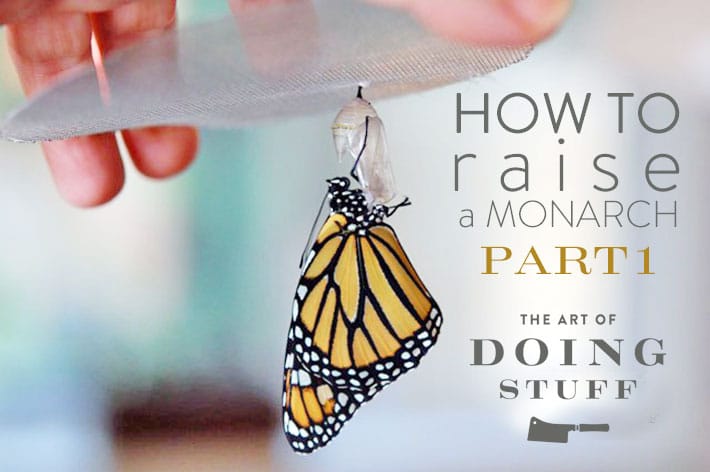
My name's Karen and I have 3 major embarrassments in my life.
1. I have square feet a la Fred Flintstone.
2. Once when I was 13, I laughed so hard at something my friend Debbie said I peed a bit in my Road Runners.
Would you like to save this stuff?
3. I raise Monarch butterflies every summer. Even though I don't have kids.
I must tell you, the Monarchs have elicited the most laughing and finger pointing.
But it doesn't last. Once the butterfly-bully actually sees the miraculous transformation, they get all warm and gooey inside. Like a lava cake.
I once witnessed a hardened criminal (O.K., just some guy who tried to use an expired grocery store coupon) grin with delight after watching part of the Monarch process.
Something just comes over you when you see the amazing, enthralling, captivating sequence that is the life cycle of the Monarch butterfly. Right in your kitchen!
In fact I think if officials were to implement "The Butterfly Program" into high security jails, inmates would immediately become calmer and friendlier. Ditto for rehab centres, war zones and grocery stores that only have 1 cashier working on the Friday of a long weekend.
It takes about a month to grow your own Monarch butterfly. They have 4 distinct stages to their lives:
The Egg (lasts 3-6 days)
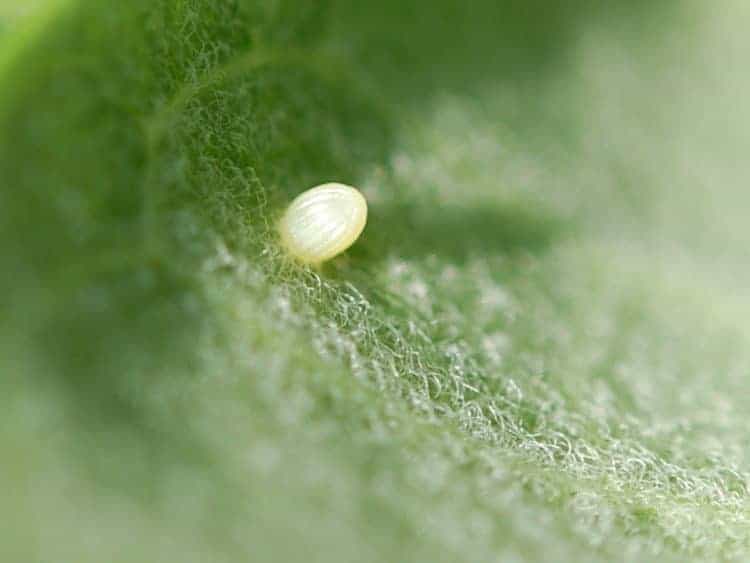
To give you some perspective, this is what the egg looks like on a small milkweed leaf.
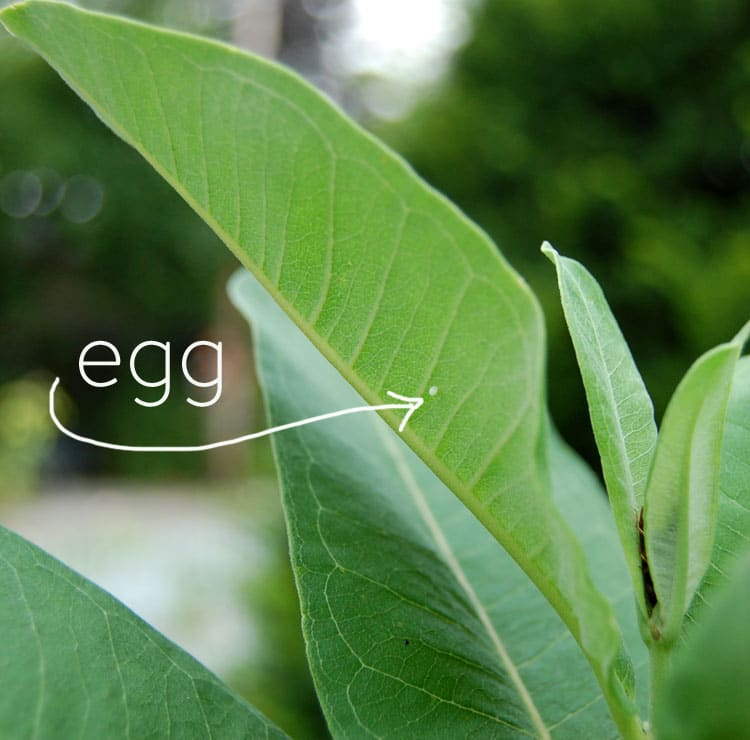
The caterpillar (lasts 10-14 days, with 5 growth periods which involve shedding its skin like a snake)
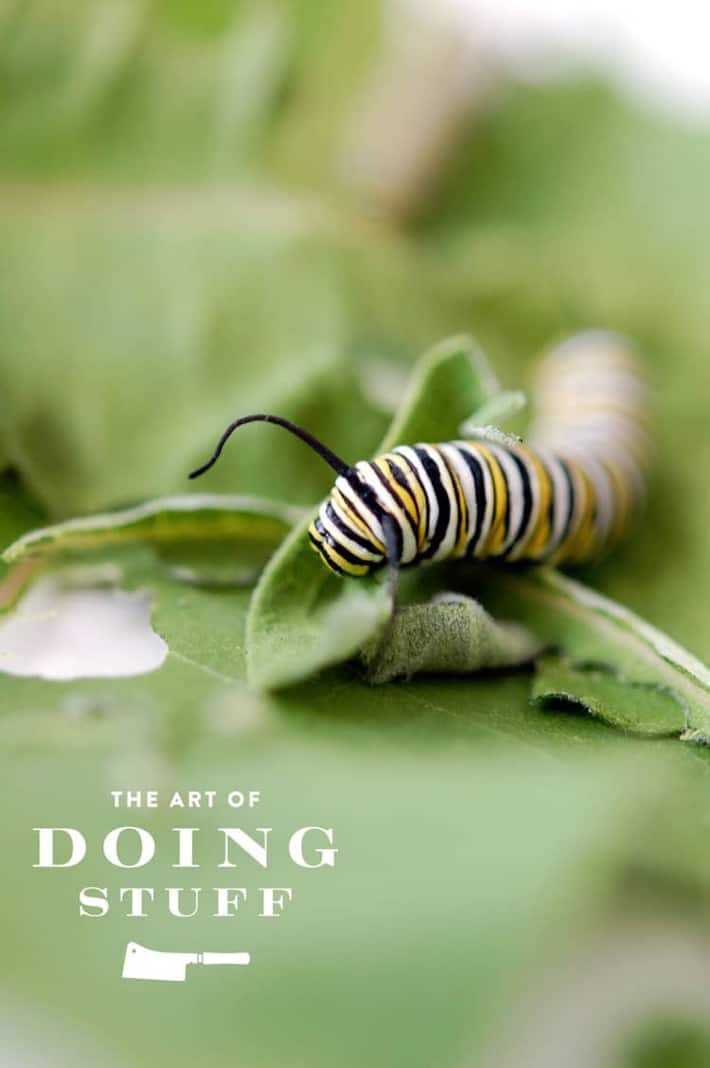
The Chrysalis (lasts 10-14 days)
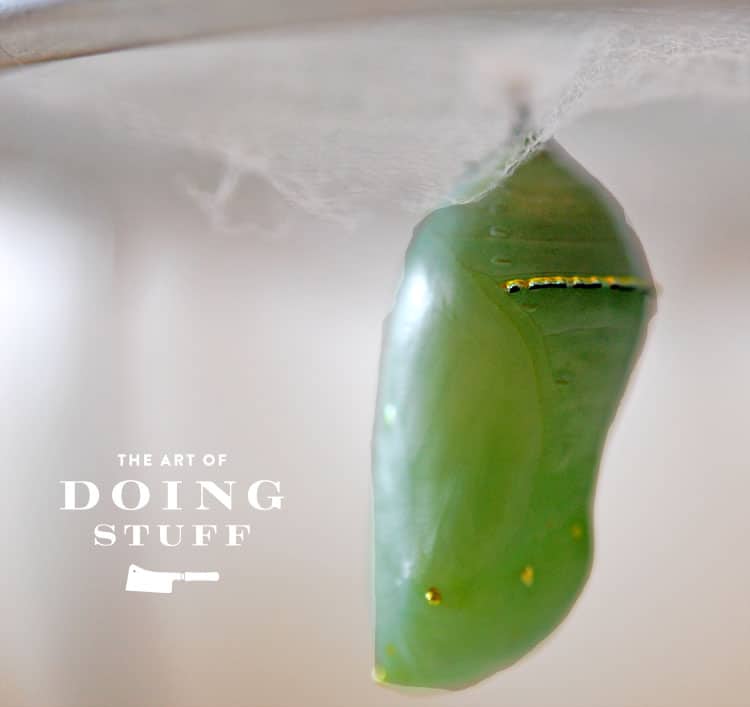
The Butterfly (lives 2-6 weeks, unless born in the fall, in which case it will become a "migrating" Monarch which will fly to Mexico, live there for 6-8 months, breed, and then die)
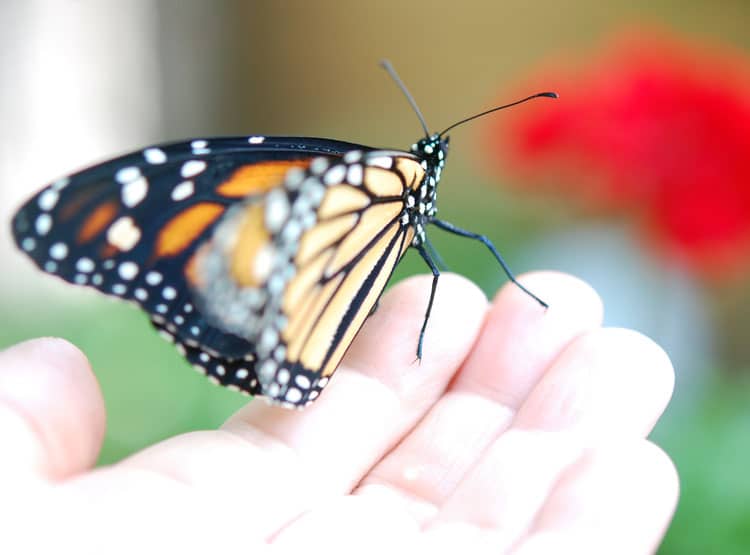
If you too would like to divert attention away from your other embarrassing traits, and grow your very own Monarch butterfly.
Want more? Learn the next step - how to find the eggs and what you need to house them in Part II.
→Don't follow me on Instagram Honestly, I'm pretty much over social media←


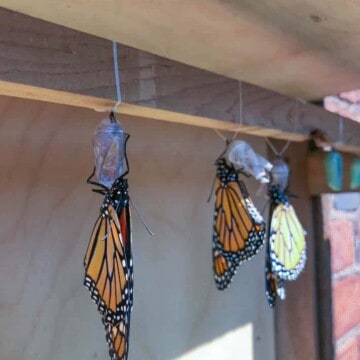
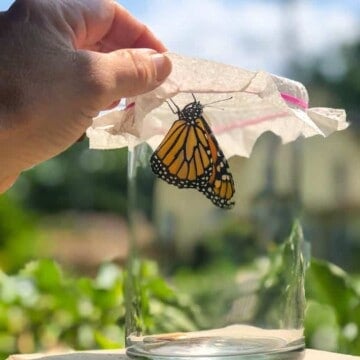
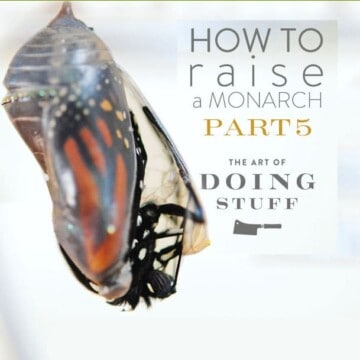
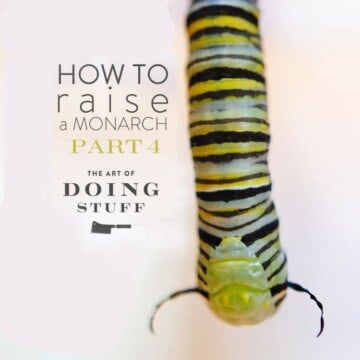
Roz
Karen, you're awesome!
I pull almost 90% of the milkweed from my garden every summer, not realizing the monarch's lay their eggs on them and the caterpillars feed on them. I do get a lot of monarch every summer. However, this summer, all milkweed stays where they sprout.
Thank you for such information.
You're truly awesome!
Roz
Karen
Hi Roz! I'm so glad you found this information. But keep an eye on the milkweed - as you know it can be a bit bossy if left to its own devices. And tap roots. ~ karen!
Vikki
Even the caterpillars are pretty! I read where there is movement afoot to rename Gypsy Moths, as that name is offensive. (I don't know how much more overly sensitive we can get!!) Maybe they'll now be called the People-Who-Like-To-Roam-and-Tell-Fortunes Moths. Oops....is that offensive too? Well, just cross me off your Like-list as a clod. The Monarch Butterflies are so beautiful. Thank you to you and the others who are helping to keep them alive.
Kim
I agree! I’m going to spread the word ASAP! In MB I’m trying to figure out how to breed dragonflies (most of the population was wiped out in a once a century flood) and since we’ve lost them the mosquitos around here have been ridiculous!!! If anyone has any tips on raising dragonflies I’d love to hear them!
Can you breed monarchs and dragonflies in the same area?
Marilyn
Yesterday, I released my 150th monarch and 2nd black swallowtail for this season. My milkweed is, once again, covered with eggs. Generation three is about to begin in North Carolina! I began raising monarchs about four years ago, and it has grown exponentially since. It is one of the most rewarding things ever.
Karen
150!! Congratulations! That's HUGE. ~ karen!
Ruth Hirsch
yes, rather pleased--
today I have emptied out frass 2x! And now it is green. Green and very round. Dr Google did not spit out an answer. Help if possible.
Ruth Hirsch
BTW, I did not happen to screening around. I did have some old off white sheer curtains been saving forever.
Did it............ Cut off a piece of my old sheer curtain to top my Monarch Mansion (i.e., jar) and they (two: Stripey and stripes 2) have been hatching, eating and frassing and eating. Last night, was out with flashlight to cut some new Milkweed for the little guys.
thank you thank you thank you from Saugerties (several of us are parenting Monarchs this year.)
Karen
Excellent! And congratulations on your monarch mansion renovation. ;) ~ karen!
Jeb
I have very few things I remember as a child. One memory that stands out is walking to the train station to meet my dad after work. We would look for monarch catapillers and bring them home, then every day we would get a fresh supply of milkweed to feed it. Later we would watch the transformation with amazement and be just a bit sad when the butterfly flew away.
One of my greatest memories.
I have been trying to grow milkweed plants at my condo, but failing. Any suggestions? Keep in mind I really only grow bulbs, sunflowers and funky corn....
Thank you! Jen
Karen
If you can grow all of those I can't see any reason why you should be able to grow milkweed~ Keep trying. :) ~ karen!
Pepper
If you plant parsley the Black Swallowtail butterflies will thank you! They like to lay their eggs on the parsley plant. Just plant a little extra for yourself.
Olli
I found swallowtail caterpillars on my pot of cilantro I was growing. They consumed it al down to the roots but left the parsley next to it un touched. Go figure.
Susan
It has not been an easy five days. First I have a permanent Charley horse down one leg, due to too much, heavy lifting gardening, I assume, and then I got stung in the face by a white-faced hornet resulting in impaired hearing, one eye swollen shut, the other impaired and a blown up lip which resulted in a lisp. I scrolled down through my emails looking for one from you since I really needed a good laugh or two. Frankly, this post started out very depressing but fortunately, finally, gave me the laughs I needed. Thank you Karen.
PS I've also seen those caterpillars on the herb Rue. You have to look closely, because their camouflage works brilliantly on rue, but they line up along the stems and strip the leaves off.
Karen
Hi Susan! Glad to have helped, hope your lisp and swollen eye are gone, lol. Yikes! ~ karen! (p.s. the caterpillars you see on Rue are from Swallowtail butterflies, not Monarchs - Monarchs only host plant is milkweed, whereas Swallowtails go for dill, parsley, rue, fennel and Queen Anne's Lace.)
Lynn
I am so happy to hear that you have monarchs where you are. I live in Alberta and it it’s been years since I have seen any here 😔. Growing up they were here an my kids got to see them in the 80’s then came the 90’s and by the end of them monarch butterflies seamed to have disappeared completely from the area. 😟. Truly is a sad as even other areas in Alberta I know have also seen this same disappearance of the beautiful butterfly . If you have them in your area I can only say please help them . Life with out them is not as beautiful.
Tracy
You series on Monarchs is how I found your blog in the first place, and helped us a great deal when we first got Milkweed so thank you so much for writing it.
What symptoms did your Monarchs or caterpillars show before dying? We had bad run of OE infection which killed most of ours a few years ago.
Karen
There were no symptoms Tracy. They just shrivel up and die on day 1 or 2. :/ ~ karen!